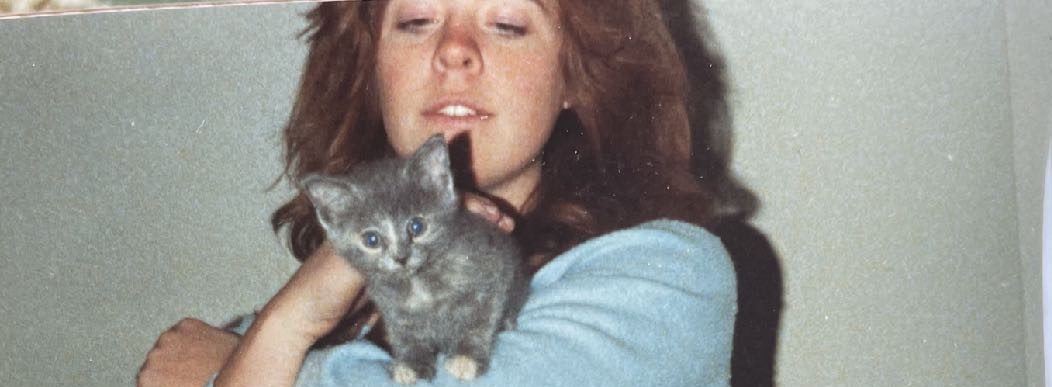But I Know It’s Wrong.
Shane came home from school early in the year, math homework in tow. He went upstairs to finish it.
About an hour later, he was back downstairs still working on a single Algebra 2 problem.
“Dylan, can you look at this?” he said. The two of them sat down on the floor and looked at Shane’s worksheet. They were there for a long time.
I thought it was nice that Shane was asking Dylan for help, but he wasn’t. Shane was concerned that the problem was wrong. Something about the equation didn’t sit right with him, and he was asking his big brother if he saw any glaring errors.
“I think it’s wrong, too,” Dylan said finally, getting up.
“What’s wrong?” I asked somewhat absentmindedly.
“The problem doesn’t make any sense the way it is,” Shane said. “I noticed it in class, and I told my teacher, but she said she would think about it later and then she never said anything else.”
There is a paraeducator in Shane’s math class, which I remember because Bill told me all about her after Open House. The paraeductor has a motorcycle.
“Don’t you have two teachers in that class?” I asked him.
“Yeah,” Shane said. “I think I’m going to ask the other teacher what she thinks tomorrow.”
And he did.
“What did she say?” I asked later.
“She said she thinks it’s right the way it is,” Shane told me. “But I know it’s wrong.”
I pushed for details. Given that Shane has such a propensity toward the literal, I assumed that he was reading the problem wrong somehow – that he was taking something too literally.
Shane explained that it was a complex algebraic equation, and that it was too hard to explain why it was wrong if I didn’t really know algebra. I took Algebra 2 – twice, actually – but I really didn’t understand anything algebraic. So I didn’t push for details.
“I have an idea how to explain it better,” Shane said. “I’m going to show it to the other teacher again tomorrow.”
And he did. Then he didn’t say anything about it for weeks.
But a few weeks later, I said, “Whatever happened to that one problem that you thought was wrong in math?”
“Which one?” Shane said. “There were two of them like that, in two different places. And the same thing happened with both of them.”
“Well,” I sighed. “What happened with both of them?”
“I explained to the teacher why it was wrong,” he said. “And she finally understood. Then she had to explain it to the other teacher. And then the teacher had to re-teach the entire class how to do the problem the right way.”
“Really?!”
“Yeah,” Shane said.
“Why didn’t you tell me?”
“I don’t know. I didn’t think about it,” Shane said. “I mean, it doesn’t really matter.”
Maybe it didn’t matter to my son, but I was impressed. My 14-year-old freshman had to teach the teacher – twice.
But Shane just cared that the problem was done the right way.
And so – finally – it was.
